- Description
- DATASHEET
- Reviews (0)
Description
TNG2WSMD9 overview
Huawei OSN 9800 9-Port wavelength selective multiplexing and demultiplexing board.
As a ROADM unit, the WSMD9 board is used with optical multiplexer boards, optical demultiplexer boards, or other OADM boards to perform wavelength grooming at DWDM network nodes.
Interfaces on the WSMD9 board
| Interface | Connector | Function |
|---|---|---|
| AM1-AM9 | LC | Receive wavelength signals or a multi-wavelength signal that is added locally or comes from other sites.
To use the G2WSMD9 board in the planned C-band and L-band co-networking scenario, the AM9 port is used in the dummy light scenario and cannot be used for degree connection or service adding/dropping. |
| DM1-DM9 | LC | Locally drop the main channel signal that is received through the IN port and broadcast the signal to other sites. |
| OUT | LC | Transmits the multiplexed wavelength signal. |
| IN | LC | Receives a main channel signal. |
| MONI | LC | Connects to an optical performance monitoring device, such as an optical spectrum analyzer, spectrum analyzer unit, or optical power meter, for in-service monitoring of the signals received by the IN port.
The MONI port power is 23 dB less than the IN port signal power. |
| MONO | LC | Connects to an optical performance monitoring device, such as an optical spectrum analyzer, spectrum analyzer unit, or optical power meter, for in-service monitoring of the signals routed to the OUT port.
The MONO port power is 23 dB less than the OUT port signal power. |
| Item | TNG2WSMD9 |
|---|---|
| Basic function |
|
| WDM specification | Supports the DWDM specifications. |
| Spectrum application |
|
| Gain locking technology | Not supported |
| Online optical performance monitoring | Provides an online monitoring optical port (MON). Through this optical port, a small number of optical signals can be output to an optical spectrum analyzer or an optical spectrum analyzer board. In this manner, the spectrum and optical performance of the multiplexed optical signals can be monitored without interrupting services.
NOTE: The online optical performance monitoring function can be used only for temporary optical performance monitoring when the MONI/MONO power meets the power detection range of the detection instrument or spectrum analysis board. For details about long-term monitoring, see the application scenarios of spectrum analysis boards. |
| Optical-layer ASON | Supported |
| Optical power adjustment | Supports power adjustment for each wavelength. |
| Multiplexing of the main optical path and supervisory signals | Not supported |
| Loopback | Supports optical-layer loopbacks. |
| Alarm and performance event monitoring | Detects the optical power and reports the alarms and performance events for the board. |



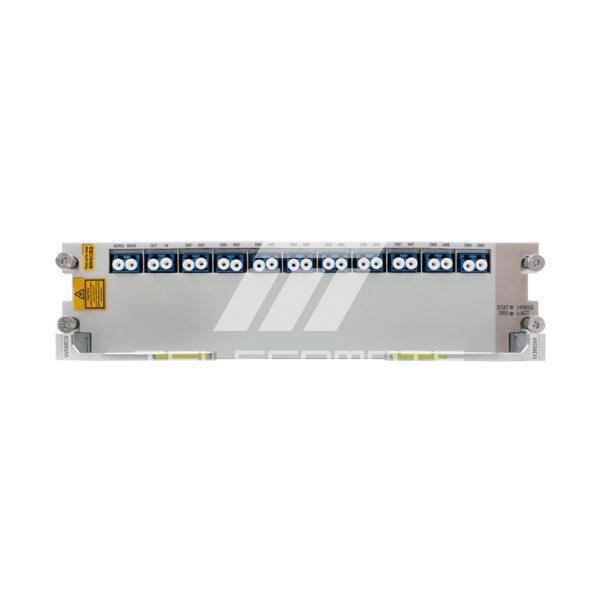
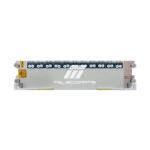
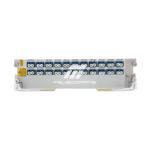
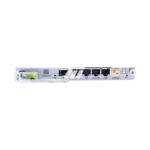
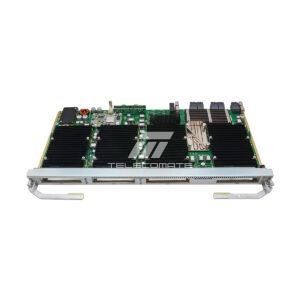
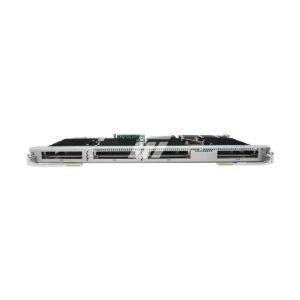
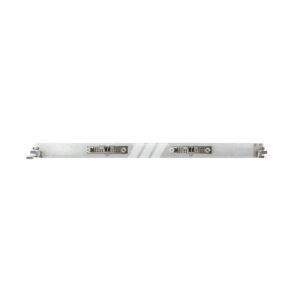
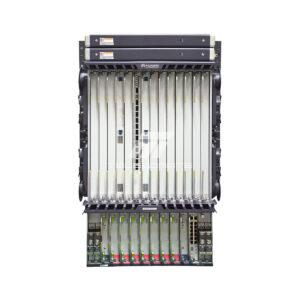

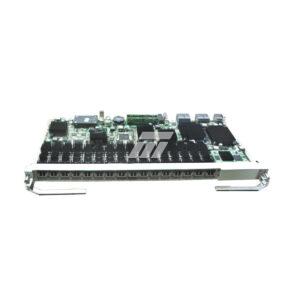
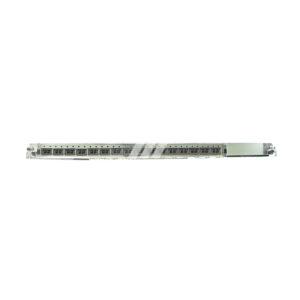
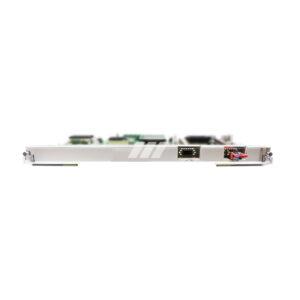
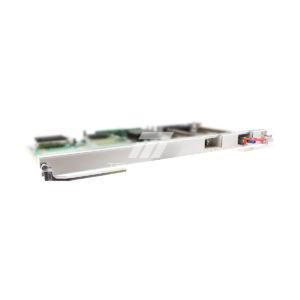
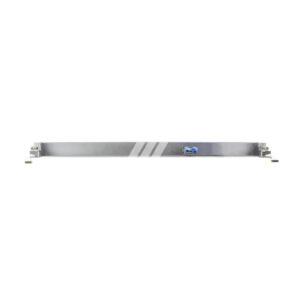
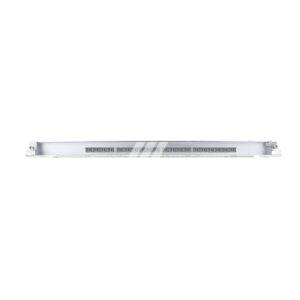
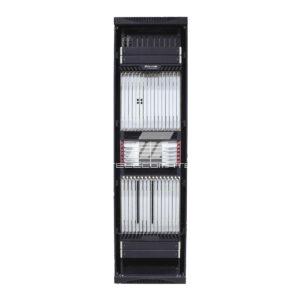
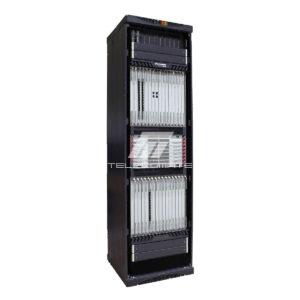

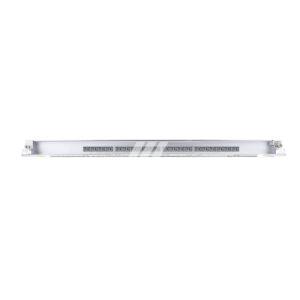
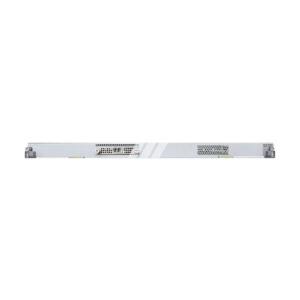
Reviews
There are no reviews yet.